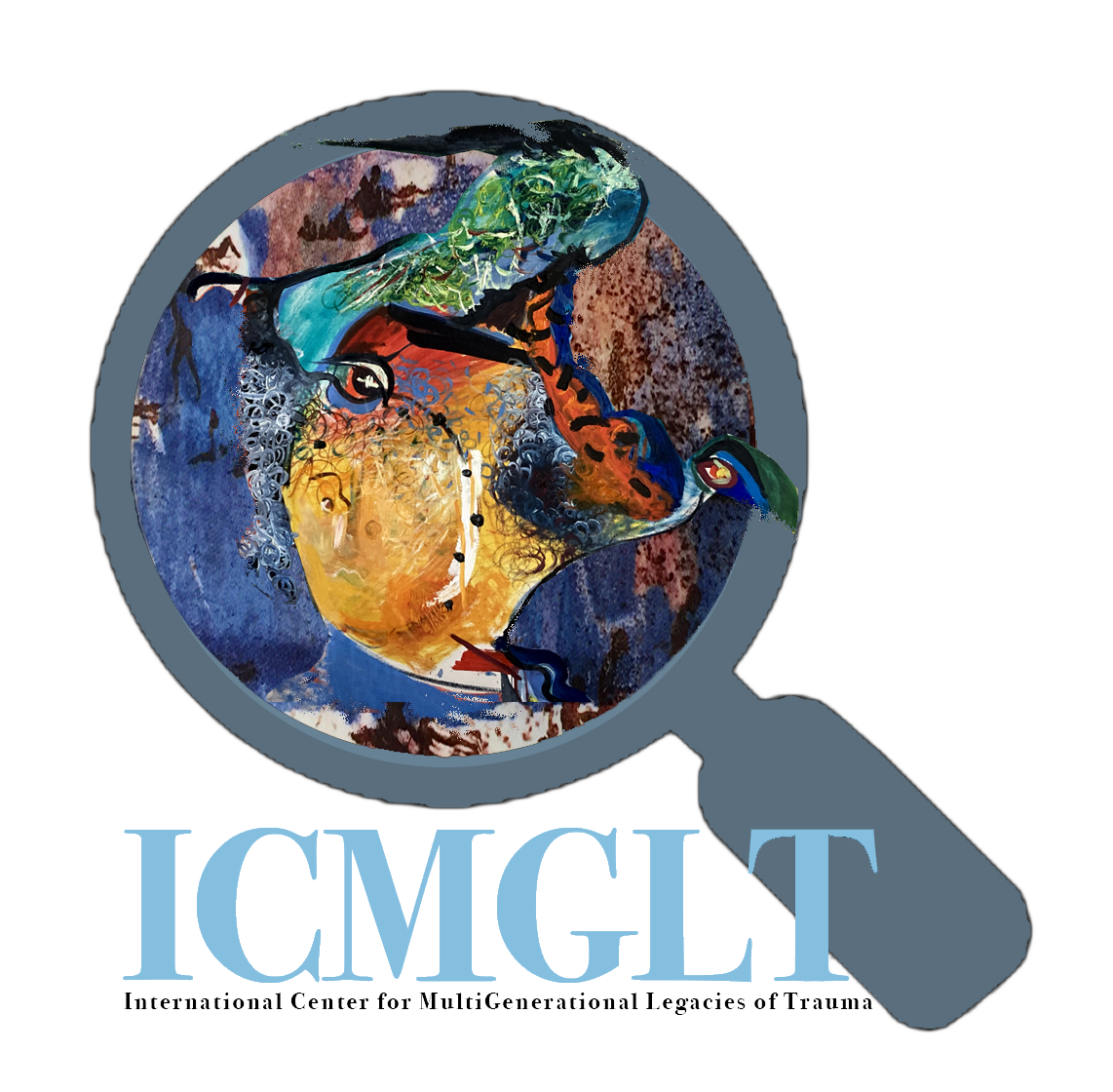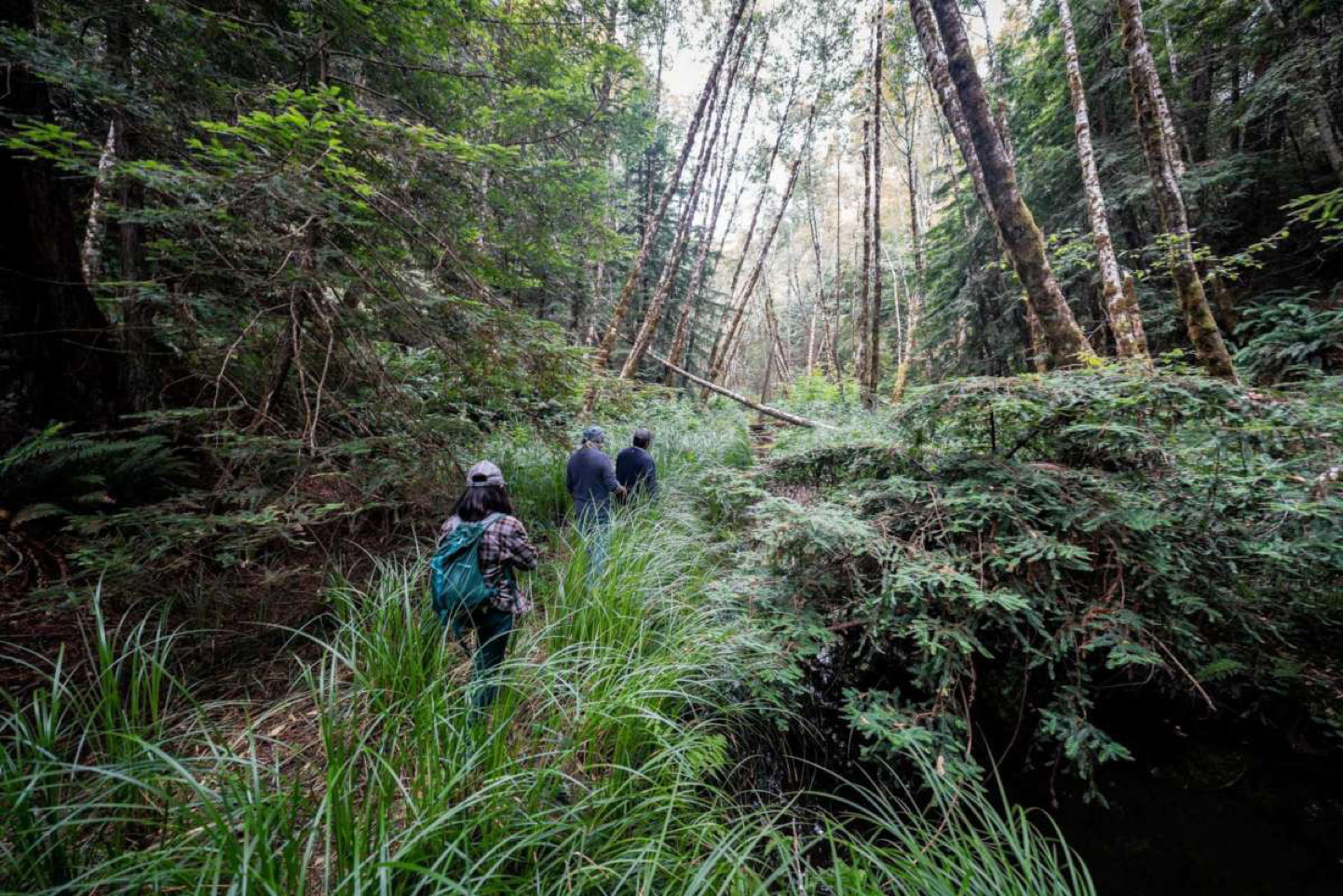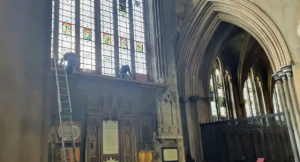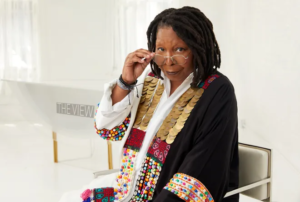A conservation group representing Northern California tribes is reclaiming a pristine swath of redwood forest along the state’s rugged coastline in northern Mendocino County, part of an ecologically rich region that Indigenous people inhabited for thousands of years before white settlers violently displaced them.
The San Francisco-based Save the Redwoods League bought the remote 523-acre plot — part of the largely undeveloped Lost Coast — and announced this week it had transferred ownership to the InterTribal Sinkyone Wilderness Council, or Sinkyone Council, which includes members of 10 federally recognized tribes in Mendocino and Lake counties.
The Sinkyone call the land Tc’ih-Léh-Dûñ (pronounced “tsih-ih-LEY-duhn”), meaning “Fish Run Place.” Located about 170 miles north of San Francisco in the traditional territory of the Sinkyone people, it includes some 200 acres of ancient towering old-growth redwood trees miraculously spared by loggers, along with a dense canopy of second-growth groves, Douglas firs, tanoaks and madrones. The forest is a habitat for a number of threatened species, including the marbled murrelet, northern spotted owl and yellow-legged frog. Anderson Creek, a winding tributary of the South Fork Eel River, cuts through the property, supporting coho salmon and steelhead trout.
“You have a lot of happy Indians up this way,” said Priscilla Hunter, chair of the Sinkyone Council and a tribal citizen of the Coyote Valley Band of Pomo Indians. “It’s not often that you get land donated back to the Indians. You know, they’re always taking it.”
Hunter, a tribal elder who turns 75 next month, said she has only seen pictures of the remote property, which is at least a four-hour drive north from her home in Redwood Valley, but hopes to visit soon.
“It’s a gift — a real blessing to our tribes,” she said. “Our relatives and our ancestors are happy and can be at peace, because this is where our ancestors were forced off their land and had to run away from either being killed or taken away. I believe that their spirits and our spirits are connected together today in a happy time.”As part of the transfer, the council agreed to a conservation easement, a covenant guaranteeing the ongoing protection of the land.
“Within Indigenous law and natural law is this mandate to be vigilant, to be diligent and to constantly be responsible for how we care for nature and how we interact with it,” said Hawk Rosales, who recently stepped down as the council’s executive director.
The property transfer follows in the tradition of what’s called the Land Back movement, a growing effort to return stolen land to the descendants of Indigenous people who inhabited it for millennia.
“It’s in the heart of the traditional Sinkyone tribal territory of the Indigenous peoples who lived in this region,” said Rosales, of the newly reclaimed property.
The area, he said, is exceedingly remote, hours from the nearest highway and accessible only by narrow, private roads. And while the family that most recently owned it logged some of the property, they left much of it intact.
“It’s a profoundly beautiful place. It has many characteristics of an intact ecosystem,” he said. “There is a very powerful quiet.”
Rosales pointed to the deep connection the Sinkyone people have with this stretch of fog-shrouded, mountainous coastline near the South Fork Eel River (called “Sinkikok”), where they established seasonal settlements and used the land as their hunting, fishing and ceremonial grounds for thousands of years.
But in the mid-1800s, large groups of white settlers, drawn by the timber, perpetrated a wave of genocide on the Indigenous peoples in the region — much as they did throughout the rest of California and the West. State-sanctioned massacres, disease, and forced relocations to reservations decimated the local population. Large lumber companies eventually claimed vast swaths of land, quickly logging most of the prime redwood and Douglas fir.
“Despite all of the damage and harm that Indigenous people in this region and elsewhere have sustained, there is that connection that is still very strong with this place,” Rosales said. “I felt that when I went to this land.”
Established in 1986, the Ukiah-based Sinkyone Council works to protect natural lands of cultural importance within the traditional Sinkyone tribal territory along the North Coast.
Unlike a number of other nearby plots purchased by the Save the Redwoods League — including its recently acquired 3,200-acre Lost Coast Redwoods property — there are no plans for public access to Tc’ih-Léh-Dûñ, Rosales said.
“The idea is really to protect it and what it represents, rather than making this some sort of destination for tribal members or the public to frequently visit,” Rosales said. He noted that the group’s much larger InterTribal Sinkyone Wilderness, a 3,800-acre expanse, is more accessible for tribal members to visit.
But Hunter, the council chair, disagrees.
“They would love to see it,” she said, of Tc’ih-Léh-Dûñ. “People are already asking me. Our members and Indian people who love nature can hardly wait to get up there and feel the energy and feel the peace.”
The League bought the property in 2020 for $3.55 million, an amount fully covered by Pacific Gas and Electric’s environmental mitigation program.
“It’s awesome. It’s a really spectacular place,” said Sam Hodder, the league’s president. “It’s very much a wild property and yet has such evidence of past management from timber harvest. You can see the giant stumps of the old growth that were there, interspersed with mature and recovering second growth and some remnant old growth trees. So on the one hand, it has these layers of human mismanagement and yet the dominant sense of natural resilience as the forest grows back.”
The power of that resilience, Hodder said, is magnified by the process of returning the land to the Indigenous communities that have long been its caretakers.
“In my visits to the property with members of the tribes represented by the council, there was a big sense of returning, a sense of a healing,” he said, “that the communities that have stewarded and lived in this region across millennia, that were extricated with colonization, are now coming back as stewards of that natural healing and as owners of land. And that’s a pretty special moment.”
The league made a similar land transfer to the council a decade ago, with a 164-acre property north of Tc’ih-Léh-Dûñ, known as Four Corners.
“These lands have never stopped being the traditional territories of Indigenous peoples,” Rosales added. “Those tribal nations never, ever gave up their inherent rights to those places.”
“And so those were never relinquished,” he said. “Therefore, they are still intact.”




